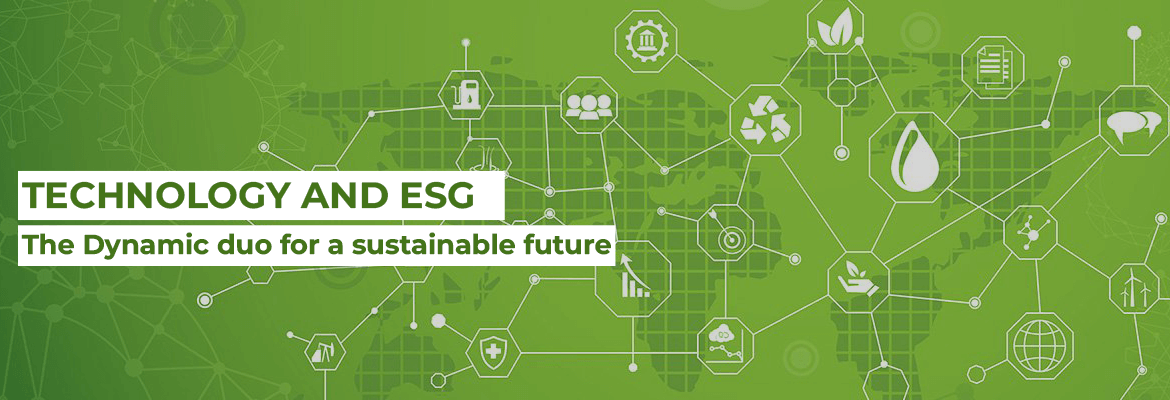Introduction
In recent years, the intersection of technology and the principles of Environmental, Social, and Governance (ESG) has gained significant attention across industries. As the world faces pressing environmental and social challenges, technology has emerged as a powerful tool to drive positive change and support sustainable practices. This blog seeks to explore the crucial role that technology plays in advancing ESG goals and the manner in which it is reshaping business strategies, investments, and our overall approach to a more sustainable future.
Understanding ESG
Before delving into the impact of technology on ESG, it’s essential to grasp what ESG stands for:
Environmental: This refers to a company’s efforts to reduce its environmental footprint, mitigate climate change, and protect ecosystems. In short, it addresses the need for a cleaner product.
Social: Social aspects focus on how a company interacts with its employees, communities, and stakeholders. This includes but is not limited to, diversity and inclusion, labor practices, and community engagement.
Governance: Governance principles emphasize transparency, accountability, and ethical leadership within an organization. It is manifested in aspects such as board composition, executive compensation, and shareholder rights.
The Tech Revolution and ESG Integration
- Environmental Sustainability:
Renewable Energy: Technology has played and continues to play a pivotal role in the advancement of renewable energy sources such as solar and wind. AI-driven energy management systems optimize energy consumption, thereby reducing waste and carbon emissions.
IoT and Smart Cities: The Internet of Things (IoT) facilitates efficient urban planning, reducing energy consumption, traffic congestion, and pollution in smart cities.
Data Analytics: Big data analytics helps industries monitor and reduce their environmental impact by analyzing resource consumption patterns and identifying areas for improvement.
- Social Responsibility:
Remote Work Technology: The COVID-19 pandemic accelerated the adoption of remote work technologies, promoting work-life balance and reducing the environmental impact of commuting.
Diversity and Inclusion: Technology tools like AI helps eliminate bias in hiring and decision-making processes, promoting diversity and inclusion.
Social Impact Platforms: Tech companies are developing platforms and apps to connect individuals with volunteering opportunities and social causes, thus fostering a sense of community and engagement.
- Governance and Transparency:
Blockchain: Blockchain technology enhances transparency in supply chains and corporate governance by creating immutable records of transactions and contracts.
AI for Governance: Artificial intelligence can analyze vast datasets to identify irregularities, potential risks, and areas where corporate governance can be improved.
ESG Reporting Tools: Tech solutions are emerging to simplify ESG reporting, making it easier for companies to track and communicate their progress in these areas.
Conclusion
Technology and ESG are undoubtedly intertwined, with technology serving as a catalyst for positive change in environmental, social, and governance practices. As businesses and investors increasingly recognize the importance of ESG considerations, technology will continue to play a pivotal role in creating a more sustainable and equitable future. Embracing these principles not only benefits the planet and society but also offers a competitive advantage in a rapidly evolving business landscape. The marriage of technology and ESG is a promising partnership that holds the potential to reshape industries and drive progress toward a better world.

